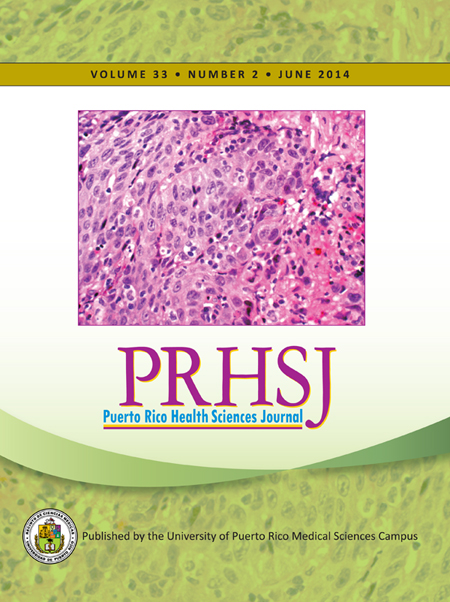Abstract
Objective: To determine the in vitro antimicrobial effects of 3 endodontic sealers— AH Plus®, Sealapex®, and Tubli-Seal®—on Actinomyces radicidentis, a bacterial species commonly found in root canals. Methods: Prior to the experimental procedures, bacterial identification tests, such as Gram staining, catalase, and API 20A, were performed, and the bacteria were identified as A. radicidentis. The agar diffusion susceptibility test was performed to determine the areas of bacterial growth inhibition and, consequently, the microbial resistance of the 3 sealers against A. radicidentis. Chlorhexidine was used as a positive control, and saline solution was used as a negative control. Results: Tubli-Seal cement had an average diameter of inhibition zones in the 3 panels of 22.73 mm, that of AH Plus was 17.13 mm, and that of Sealapex, 11.99 mm. A one-way ANOVA test showed that there were significant differences between the 3 cements (p<0.05). Conclusion: Tubli-Seal® showed the highest levels of antimicrobial activity, which was followed by AH Plus® with the next highest levels and, finally, Sealapex® with the lowest levels of antimicrobial activity.
Authors who publish with this journal agree to the following terms:
a. Authors retain copyright and grant the journal right of first publication with the work simultaneously licensed under a Creative Commons Attribution License that allows others to share the work with an acknowledgement of the work's authorship and initial publication in this journal.
b. Authors are able to enter into separate, additional contractual arrangements for the non-exclusive distribution of the journal's published version of the work (e.g., post it to an institutional repository or publish it in a book), with an acknowledgement of its initial publication in this journal.
c. Authors are permitted and encouraged to post their work online (e.g., in institutional repositories or on their website) prior to and during the submission process, as it can lead to productive exchanges, as well as earlier and greater citation of published work (See The Effect of Open Access).
